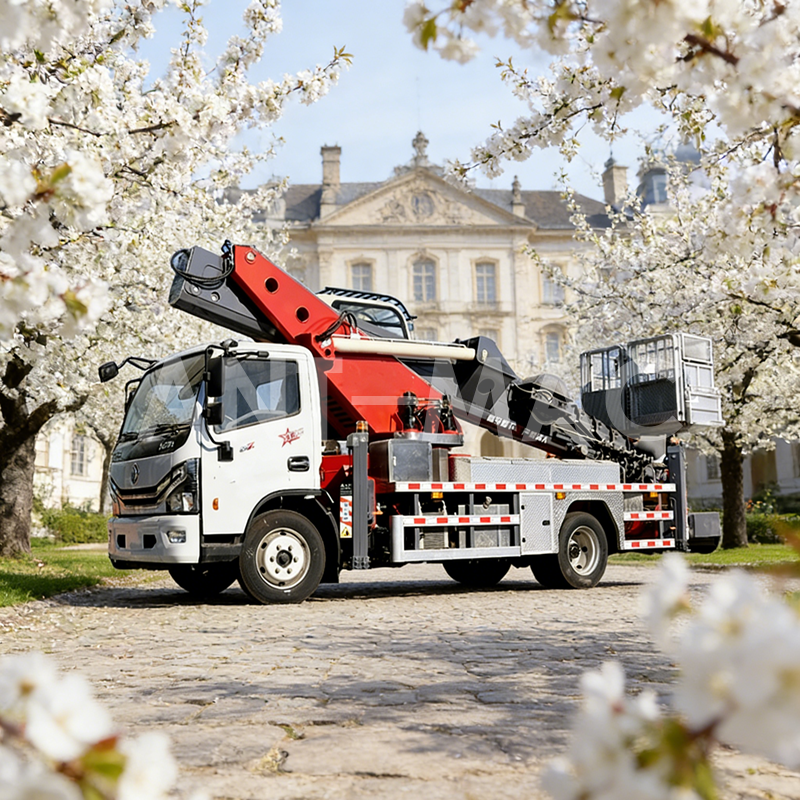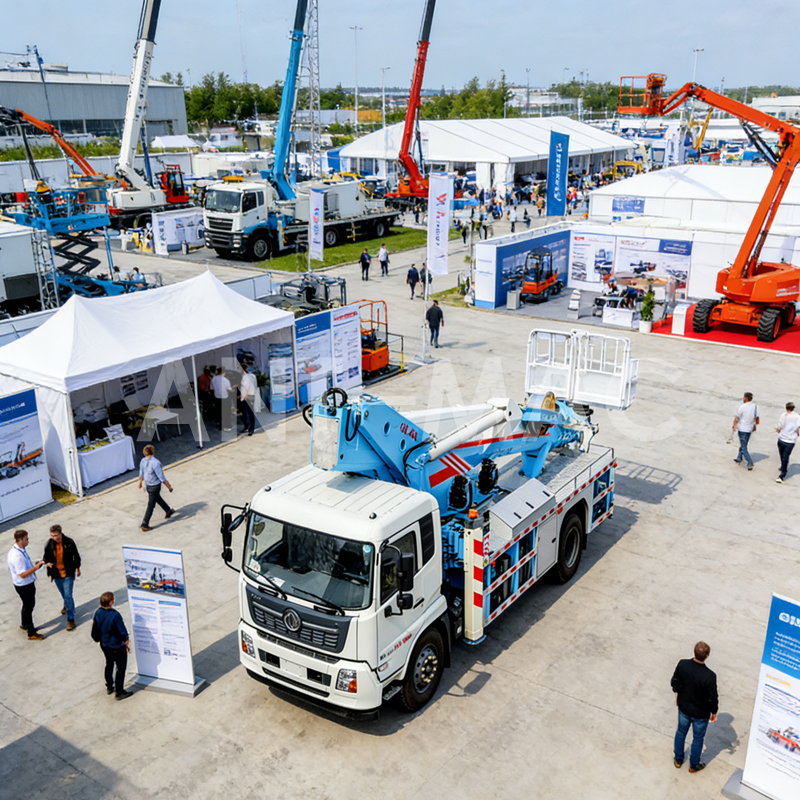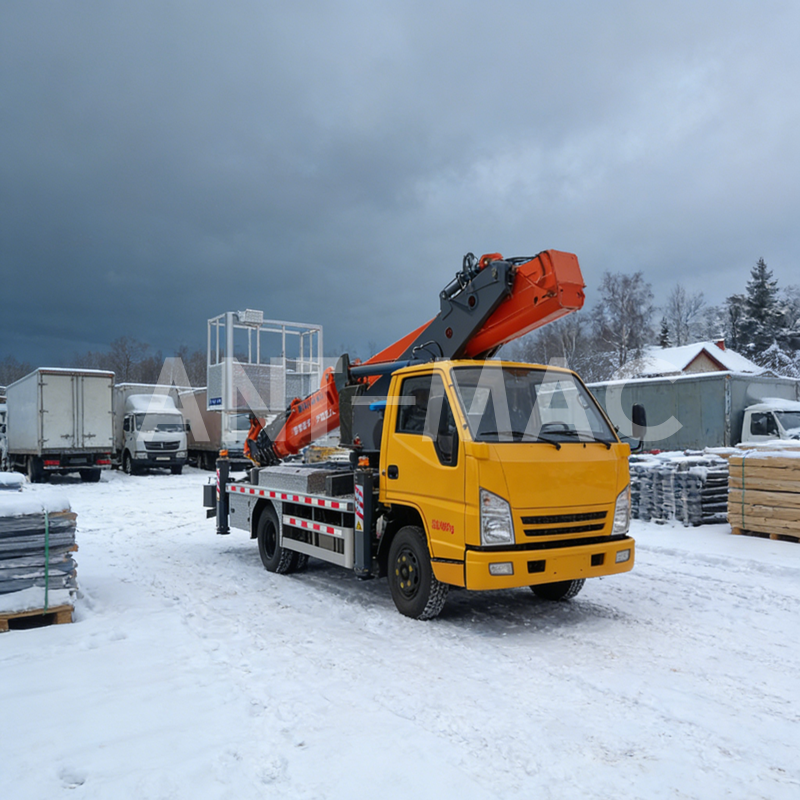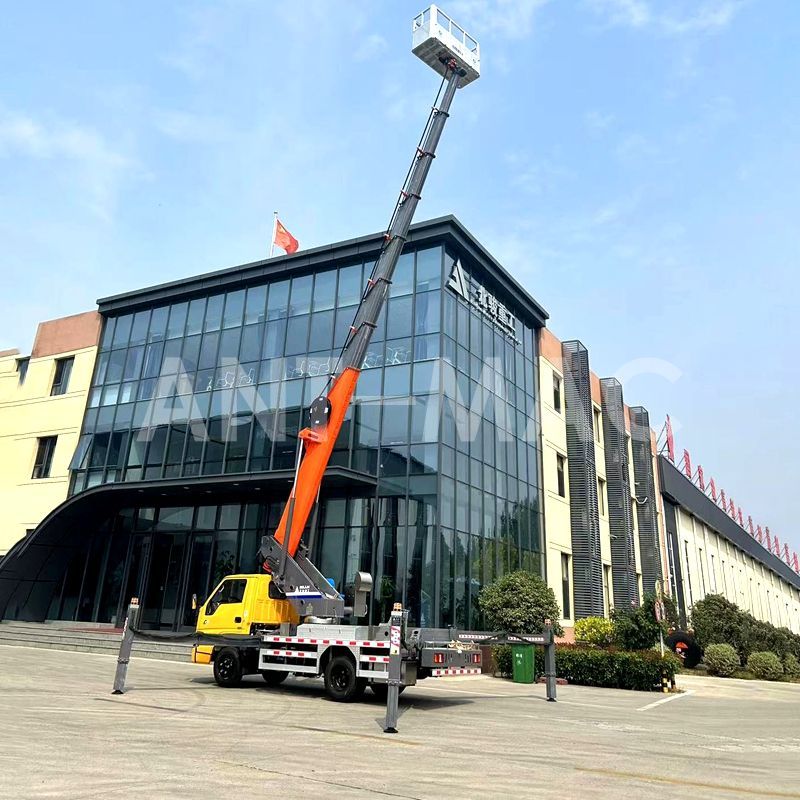Core Safety Features of Scissor Lifts: 8 Essential Functions Safeguarding the Entire Operation Process
Risks in aerial work often lurk in details—an improperly latched guardrail door, sudden pinching during descent, or potholes encountered while moving. The safety systems of modern scissor lifts, including the rugged All Terrain Scissor Lift For Sale designed for tough outdoor conditions, address these hazards through targeted designs. Below, we focus on 8 core safety features, explaining how they form a full-scenario safety net from operational protocols to emergency protection.
Platform Self-Locking Door: Fundamental Protection Against "Partial Closure Risks"
The locking status of the platform entry door directly impacts fall safety, with designs adhering to the strict logic of "no operation without full locking"—a critical feature for the Self - propelled Scissor Lift Platform, which relies on seamless mobility and secure operation in dynamic work zones.
Mechanical Locking Structure: The door and guardrail frame are equipped with matching bolts and lock holes. Closing the door requires 5-10N of force to fully engage the bolt (stroke ≥15mm), triggering a built-in microswitch. Only when the switch is activated (i.e., the door is fully locked) does the platform’s lifting circuit allow operation; if the door is partially closed (e.g., the bolt is misaligned), lifting functions are disabled entirely.
Operational Cues: A tight fit gap (≤2mm) between the door and frame, paired with an audible "click" when locked, provides clear confirmation of proper closure, preventing risks from "seemingly closed but actually ajar" doors.
Emergency Stop System: The "Ultimate Switch" Cutting Off Danger in 0.3 Seconds
As a manual intervention device for sudden hazards, its core lies in "full coverage + instant response"—a key safety design for the Electric Scissor Lift Platform, where precise electrical control enhances emergency handling.
Layout Requirements: Red emergency stop buttons (diameter ≥40mm) are installed on the platform control panel, chassis side, and remote control box (if equipped). Buttons protrude ≥15mm from the panel for easy blind operation in emergencies.
Functional Logic: Pressing the button immediately cuts off all power output (lifting, traveling, and hydraulic systems shut down entirely) and requires manual rotation to reset, preventing accidental restoration. Response time from activation to full shutdown is ≤0.3 seconds, avoiding secondary risks from inertia.
Anti-Pinch Protection (Descent Buffering): Preventing Pinching Risks from "Sudden Stops"
During platform descent, if obstacles or limbs enter the scissor arm area, anti-pinch features enable "soft braking":
Trigger Mechanism: Pressure sensors (sensitivity ≥5N) at scissor arm joints or infrared sensors under the platform detect obstructions, immediately cutting off descent power and activating buffered braking (instead of abrupt rigid stops).
Buffering Logic: Hydraulic valves regulate pressure during braking, slowing the platform to a stop at ≤0.1m/s, preventing operator imbalance or falling objects from sudden stops. A 1-2 second observation window is provided, allowing manual descent after confirming safety.
Tilt Protection System: Dynamically Controlling the "Tipping Threshold"
For tilt risks from uneven ground or load shifts, the system uses three-level intervention: "monitoring - warning - locking":
Core Components: A dual-axis tilt sensor (accuracy ±0.1°) continuously monitors the platform’s horizontal status. An audible-visual alarm triggers at a 3° tilt; lifting power is cut off (only lowering allowed) at >5°; and scissor arm mechanical locks engage automatically at ≥7° to restrict further tilting.
Adaptive Scenarios: Combined with optimized chassis weighting, the system adjusts hydraulic support dynamically using sensor data on slopes ≤10°, ensuring stable lifting.
Automatic Pothole Protection: The "Ground Safety Shield" During Movement
For common outdoor hazards like potholes and trenches, the system proactively avoids risks through advance detection:
Detection Method: Ultrasonic or infrared sensors (detection range 0.5-2m) at the chassis front scan the ground during movement, identifying potholes ≥5cm deep or protrusions ≥3cm high.
Protection Actions: Upon detecting hazards, travel speed is limited to ≤0.3m/s with audible-visual alarms. If approaching dangerous areas, travel power is cut off, allowing only reverse movement to prevent unilateral sinkhole.
Hydraulic Hose Explosion Protection: "Safety Backup" for Hydraulic Failures
Burst hydraulic hoses could cause rapid platform drops, but explosion protection uses dual mechanisms:
Hose Protection: Main hydraulic hoses feature a dual-layer structure (inner high-pressure rubber + outer explosion-proof steel mesh) with burst pressure ≥4x working pressure. Fittings include one-way check valves that close within 0.5 seconds of rupture, stopping rapid oil loss.
Emergency Support: Some models have accumulators in critical circuits, releasing pressure to lower the platform slowly (≤0.2m/s) after rupture, buying time for evacuation.
Emergency Lowering System: An "Escape Route" When Main Systems Fail
If the main hydraulic or motor systems fail, stranding the platform, this function activates independently:
Activation Method: A manual pump or emergency knob at the platform base, when rotated, uses mechanical force to retract hydraulic oil, enabling purely mechanical lowering (no electricity required).
Safety Controls: Lowering speed is mechanically limited to ≤0.3m/s to prevent free falls. Continuous manual force (e.g., repeated pumping) is required, preventing unintended activation when unoccupied.
Anti-Collision Strips and Buzzers: Dual Supplementary Protection for Warning and Passive Safety
Anti-Collision Strips: High-elasticity polyurethane strips (thickness ≥20mm, Shore hardness 60±5A) are affixed to platform edges and scissor arms, absorbing 30% of impact force to reduce damage from collisions with walls or columns.
Audible-Visual Alarms: During movement or lifting, buzzers emit ≥85dB alerts (1-3kHz frequency) alongside flashing LED lights, warning nearby personnel to avoid the area.
The Synergistic Logic of Safety Features
These functions are not isolated—platform self-locking doors and tilt protection form "pre-operation safety checks"; emergency stops and anti-pinch systems cover "in-operation risk intervention"; and hose explosion protection and emergency lowering serve as "last-resort safeguards during failures." Industry tests show that lifts equipped with all 8 features reduce overall accident rates by 82% compared to basic models, validating the industry consensus that "detailed protection determines safety standards.
 In-depth Analysis of Return on
In-depth Analysis of Return on
 A Cost-Effectiveness Revolutio
A Cost-Effectiveness Revolutio
 2026 Trend Insights: Four Core
2026 Trend Insights: Four Core
 Five Criteria for Selecting Re
Five Criteria for Selecting Re
 Russian
Russian
